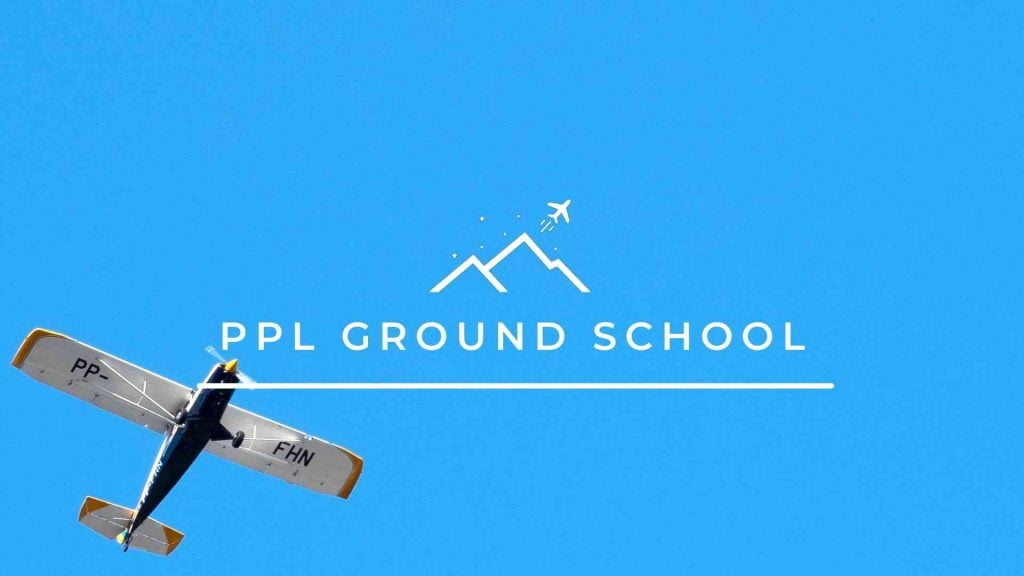Earn Your Private Pilot Licence (PPL) with The Wise Pilot
Dreaming of becoming a pilot? The first step to taking control of an aircraft is earning your Private Pilot Licence (PPL)—and The Wise Pilot makes it easier than ever with our industry-leading online ground school. Whether you’re just starting your aviation journey or looking for a structured study plan, our PPL ground school provides everything you need to pass your written exam and build a strong foundation for your future in aviation.
Why Choose The Wise Pilot’s PPL Ground School?
✅ Comprehensive & Up-to-Date Training: Our course is created by experienced instructors who understand the challenges of PPL training. We cover all sections of the Transport Canada study and reference guide, so you’ll gain the knowledge needed to succeed on your exam and in your flying career.
✅ Learn at Your Own Pace: Our flexible online platform allows you to study anytime, anywhere—perfect for those balancing work, school, or other commitments. Whether you’re at home or on the go, your training moves with you.
✅ Track Your Progress & Prepare for the Exam: Interactive quizzes, practice tests, videos, and progress tracking tools help you stay on course and ensure you’re fully prepared to pass your Private Pilot Licence written exam.
✅ 270 Days of Access: You get nearly 9 months to review the material at your own pace, giving you ample time to master key concepts and revisit challenging topics as needed.
✅ Letter of Recommendation for Your PPL Exam: Once you complete the course and meet the requirements, we’ll automatically email you a letter of recommendation for your Transport Canada written exam.
Who Should Take This Course?
✅ Aspiring pilots looking to earn their Private Pilot Licence in Canada
✅ Flight students who want a structured, high-quality online ground school
✅ Pilots who need a flexible study schedule to prepare for the PPL written exam
✅ Students who prefer online learning over traditional classroom training
Take the First Step Toward Your Pilot Licence!
Thousands of students have trusted The Wise Pilot to help them achieve their aviation dreams. Join our PPL ground school today and get the knowledge, flexibility, and support you need to succeed.
🚀 Enroll now and start your journey toward earning your Private Pilot Licence!
📅 Course access expires 270 days after purchase.


